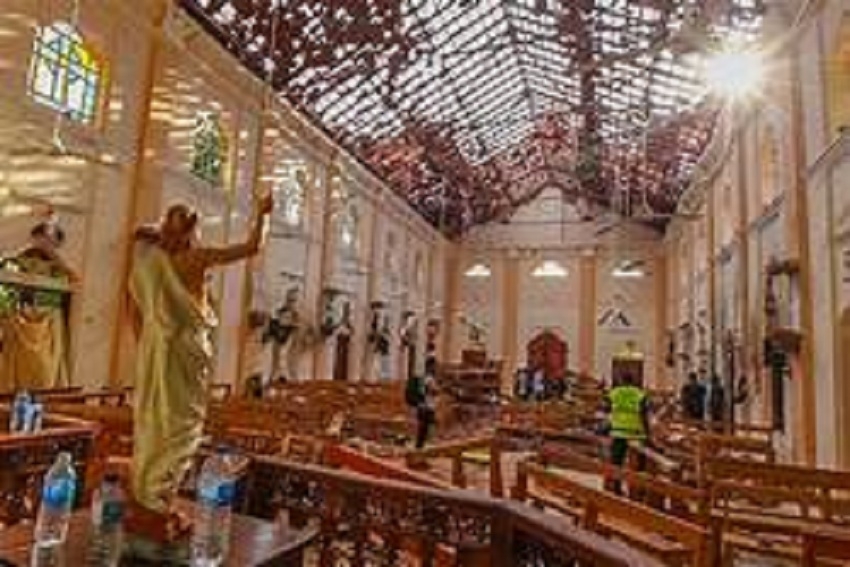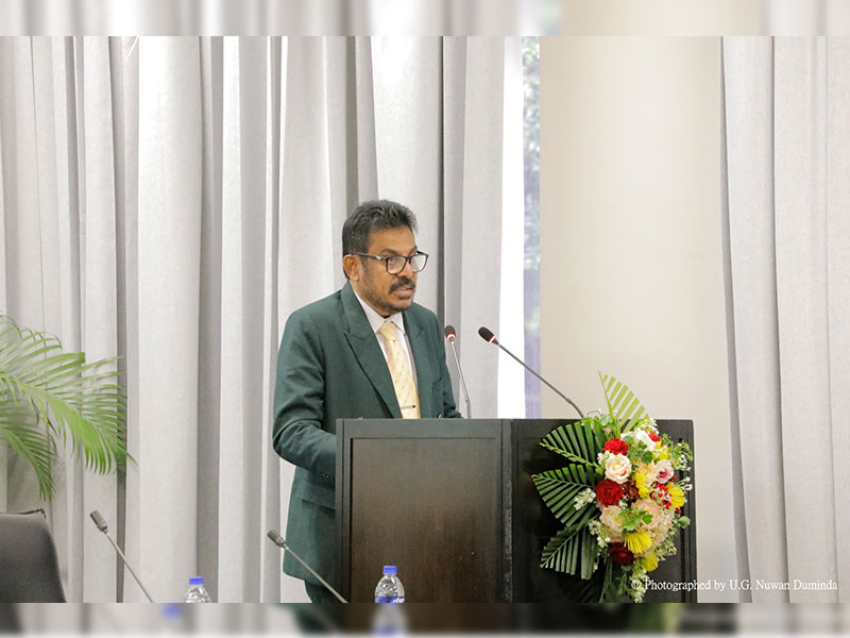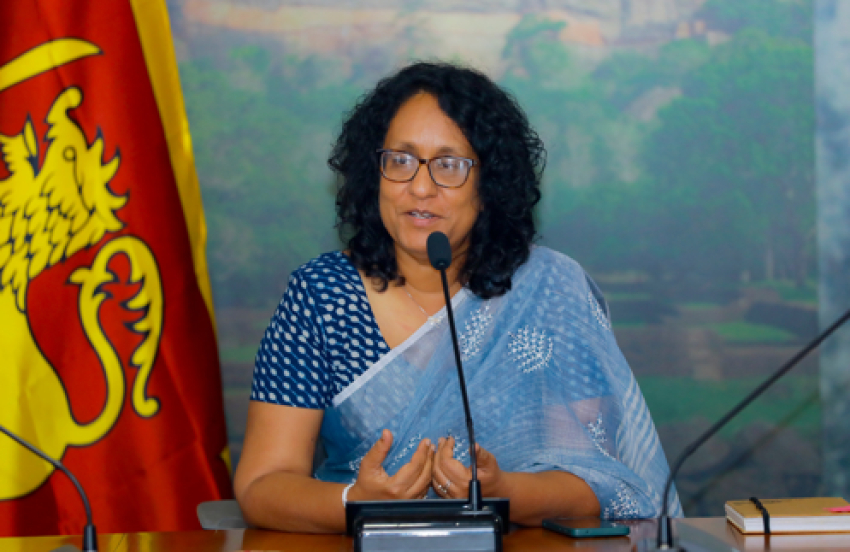About 48 hours after the April 21 attacks, which claimed over 250 lives, the IS took credit for the bombings, with the group’s Amaq news agency releasing a visual of the Sri Lankan suicide bombers, standing by a black flag of the IS, apparently pledging allegiance. The faces of all but one — the alleged ring leader Zahran Hashim — were masked. At the time, IS analysts had pointed to the “delay” in the claim, with some of them even terming it “uncharacteristic” of the terror group.
Sri Lankan investigators are yet to find concrete evidence of whether the local jihadists were directly connected to the IS. “They were all sympathisers of the IS, but it remains unclear how they maintained links with the IS, if in fact they did. Now we have also come across some other radicals here who are supporters of the IS,” the official said, requesting anonymity, due to the sensitivity of the ongoing probe.
Investigators also expect to draw out more specific information in the coming weeks from five Sri Lankan suspects who were deported from Saudi Arabia last week. One of them, Mohamed Milhan, is believed to have been chosen the likely successor of Zahran Hashim, to lead the radical National Thowheed Jama’ath (NTJ).
Significantly, investigators have traced Mr. Milhan’s involvement in two cases that are now considered important precursors to the Easter killings. The first involves the shooting of two policemen, in November 2018, at a checkpoint in Batticaloa from where Zahran Hashim hailed and the other being the shooting of a Minister’s coordinating secretary in March, in the central town of Mawanella. The secretary, who was seriously injured, is being treated in hospital.
Mr. Milhan’s name was also mentioned in a memo dated April 11, sent from a top Sri Lankan police official to the security services, warning of possible suicide attacks targeting catholic churches. The letter is proof of prior intelligence — including information shared by India — having been available.
Investigators have established that Mr. Milhan left the country on April 17 — about a week after the letter was circulated, and four days before the deadly bombings. “We are hoping to retrieve Milhan’s phone and laptop from the authorities in Saudi, to cull out more evidence of his role in the plot,” the official said.
Meanwhile, suspects being interrogated have been providing more insights into how their radical collective functioned, according to investigators.
The interrogations have revealed Zahran Hashim’s “dictatorial tendencies”. “The youth he drew, including most other suicide bombers for the Easter mission, were keen on fighting foreign wars for the IS — in Syria or Iraq. But Zahran had told them ‘nothing doing’, and that this assignment in Sri Lanka was as holy and important,” the official said, citing the interrogations. “It seems that Zahran did not listen to any of them and would only have it his way."




















